Nikon AF-S Nikkor 50mm 1: 1.4G SWM (abbreviated Nikon 50 / 1.4G) is one of Nikon's fastest autofocus lenses. It's classic half a ruble (a lens with a focal length of 50 mm), which is suitable for a huge number of photo tasks, in particular, such a lens can be shot in low light, used as a standard fixed lens on Nikon FX cameras, the lens is suitable for portrait and artistic shooting. With huge aperture F / 1.4 you can create and enjoy the result.
All Nikon 50-58 / 1.4 / 1.2 autofocus lenses
- Nikon 50mm 1: 1.4 AF Nikkor (first version, MK I) - the lens was produced only in Japan from 1986 to 1991
- Nikon 50mm 1: 1.4 AF Nikkor (second version, MK II, also known as the 'N', or the 'NEW' version) - the lens was only available in Japan from 1991 to 1995
- Nikon 50mm 1: 1.4D AF Nikkor (third version, MKIIIbetter known as 'D'-version) - the lens is available from 1995 to this day. There are two subversions that are no different.
- Nikon 50mm 1: 1.4G AF-S Nikkor SWM (fourth version, MKIVbetter known as 'G' version) - the lens is only available in China from 2008 to this day.
- Nikon N AF-S Nikkor 58mm 1: 1.4G Nano Crystal Coat SWM Aspherical (version better known as'58/1.4') - the lens is only available in Japan from 2013 to this day.
- Nikon Nikkor Z 58mm 1: 0.95 S Noct - The lens is available from 2019 to this day. Premium Lens for Mirrorless Cameras Nikon Z... It does not have automatic focus, but has a record aperture. Complex optical design with 17 elements in 10 groups, with 4 ED elements and 3 aspherical elements.
- Nikon Nikkor Z 50 / 1.2 S - The lens has been produced from 2020 to the present day. Professional S-line lens for mirrorless cameras Nikon Z... Complex optical design with 17 elements in 15 groups, with 2 ED elements and 3 aspherical elements
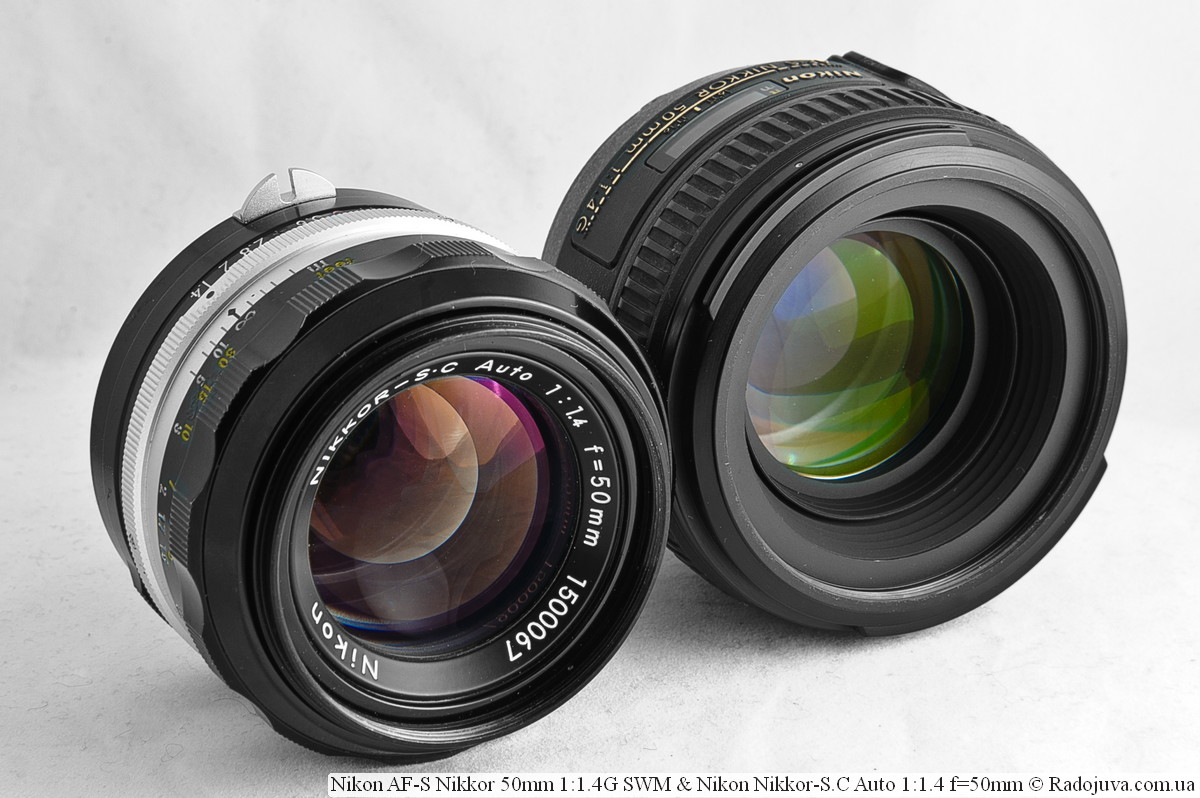
Nikon Nikkor-SC Auto 1: 1.4 f = 50mm and Nikon AF-S Nikkor 50mm 1: 1.4G SWM
Main technical characteristics of Nikon AF-S Nikkor 50mm 1: 1.4G SWM:
| Review Instance Name | Nikon AF-S Nikkor 50mm 1: 1.4G SWM 309536 |
| Basic properties |
|
| Front Filter Diameter | 58 mm, plastic thread for filters |
| Focal length | 50 mm, EGF for Nikon DX cameras is 75 mm, EGF for Nikon CX cameras is 135 mm |
| Zoom ratio | 1 X (this is a fixed lens, it does not have a zoom) |
| Designed by | for digital and film cameras |
| Number of aperture blades | 9 pieces, petals rounded |
| Tags | focusing distance in meters and feet, depth of field tags for F / 11 and F / 16 values, bayonet mount tag and lens hood attachment / fixation |
| Diaphragm | F / 1.4 to F / 16, without aperture ring. |
| MDF | 0.45 m, maximum magnification ratio 1: 6.7 |
| The weight | 280 g |
| Optical design | 8 elements in 7 groups. The lens does not use special optical elements in its design.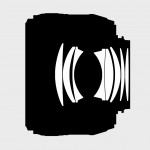 The image of the circuit is clickable. The image of the circuit is clickable. |
| Lens hood | Replaceable Nikon HB-47 plastic lens hood, lenses use the same lens hood Nikon AF-S Nikkor 50mm 1: 1.8G SWM Aspherical and Nikon AF-S Nikkor 50mm 1: 1.8G SWM Aspherical Special Edition |
| Manufacturer country | MADE IN CHINA |
| Period | From September 2008 -> |
| Instruction | View -> |
| Price |
The Nikon 50 / 1.4G lens will work great on any Nikon DSLR camera. Among fifty brothersthis Nikon 50 / 1.4G is the best. At one time, he became a replacement for his older brother Nikon 50mm f / 1.4D AF Nikkor... In fact, the Nikon 50 / 1.4G was introduced back in 2008, and I think that soon we will see a fifty-kopeck piece (50mm lens) from Nikon with more serious performance.
Addition: my prediction came true, and in addition to the 'non-professional' Nikon 50 / 1.4G Nikon has released a 'professional' about fifty kopecks Nikon N AF-S Nikkor 58mm 1: 1.4G SWM... Still, it's a shame that Nikon doesn't have professional fifty dollars. At the same time, Canon has two of them - Canon Lens EF 50mm 1: 1.2 L USM and Canon Lens EF 50mm 1: 1.0 L USM.
Focus on Nikon 50 / 1.4G
The Nikon 50 / 1.4G lens will focus on any modern DSLR camera. If you found your camera in genealogy nameplatethen you can rest assured that the Nikon 50 / 1.4G will work great with it. The Nikon 50 / 1.4G has a built-in focusing motor, as indicated by the AF-S designation. When focusing, the lens practically does not make noise, a special Nikon SWM (Silent Wave Motor) ultrasonic motor helps it. After two years of using my Nikon 50mm 1: 1.8D AF Nikkor (MKIII)which makes a lot of noise when focusing, using the new Nikon 50 / 1.4G is a pleasure.
When focusing, the front lens group moves in the middle of the frame of the housing. I can’t say that the lens has internal focus. But when focusing, the lens does not change its size, and the filter is wound on a fixed external part of the lens, which does not rotate when focusing. This type of focusing can also be found in Nikon 50mm f / 1.8G AF-S Nikkor. The minimum focusing distance is 45cm.
In focus mode 'M / A'Automatic focusing with manual focus priority is available. This means that in autofocus mode, the focus can be manually adjusted immediately. The 'M / A' mode is very useful, for example for creating focus trap effect... In 'M' mode, only manual focus is available. The focusing ring is rubberized.
Focus Speed
Nikon 50 / 1.4G one of the lowest fokiroki speeds among all fifty dollars Nikon Nikkor. Focus speed is average. The rest fifty kopecks Nikkon Nikkor, even the oldest Nikon 50mm 1: 1.8 AF Nikkor MKIoutperform the focusing speed of the Nikon 50mm F1.4G. Of course, to say that a low speed will not be right, but I would like a faster reaction of the lens for that kind of money.
Attention! Very often they write that the lens is very fast. This term is applied not so much to the focusing speed, but more to the description of the lens aperture at which shutter is very fast, decreasing the shutter speed. The confusion came from the English Fast Lens (fast "fast" lens).
The focus ring is rubberized, in the active position it rotates as much as 180 degrees. Due to the fact that the lens is quite chubby, such a move of the focusing ring is quite enough for comfortable work with manual focusing. During auto focus, the ring remains stationary. In manual focus mode, when the ring reaches its extreme positions, it does not rest, but continues to rotate, slipping, like on many native Nikon lenses.
There is a window on the lens with a scale for focusing distances and a depth of field scale. My Nikon 50mm F1.4G misses focus very rarely, even on F1.4.
Iris control
The lens does not have an aperture control ring, since it is a G-type lens. This fifty dollars is very large aperture F / 1.4, this allows you to achieve a very small depth of field, reduce shutter speed and without raising ISO. This lens is very simple take off... The lens has a 9-blade diaphragm, which is a good indicator. The petals are rounded and give a nice smooth bokeh without nuts or other artifacts.
Compatible with FX and DX cameras
The lens will work perfectly on Nikon FX full-frame cameras. On Nikon DX cameras, due to crop factor, EGF lens will be 75mm. This allows the Nikon AF-S 50mm F/1.4G to be used as a portrait lens on DX cameras without any problems. Rumor has it that Nikon AF-S 50mm F / 1.4G is the best portrait lens for crop, I personally like mine much more for crop portrait Nikon 85mm F / 1.8D AF Nikkor.
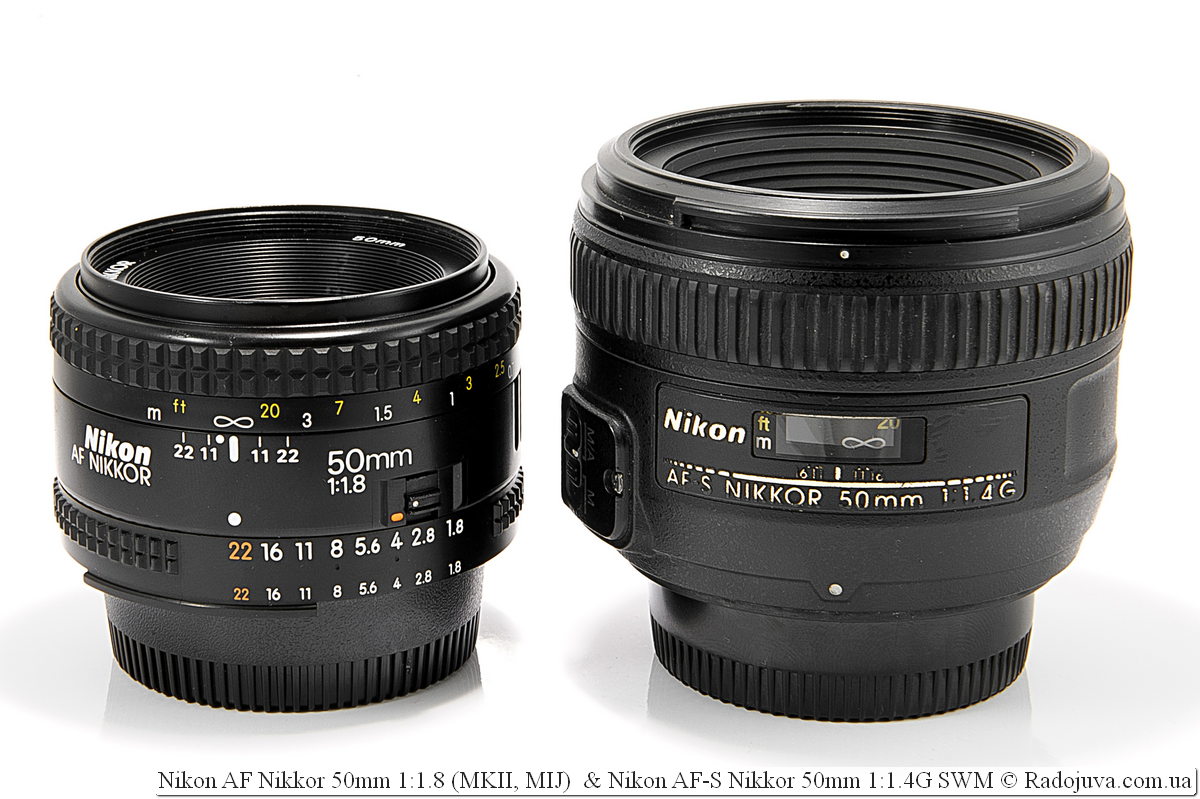
Nikon AF Nikkor 50mm 1: 1.8 (MKII, MIJ version) and Nikon Nikkor 50mm f / 1.4g
Diameter of filter and hood
The lens has a filter diameter of 58 mm. The lens comes with a wonderful hood and pouch bag. The hood can be installed backwards, in this position it is easy to carry on the lens and the hood does not take up extra space in the case.
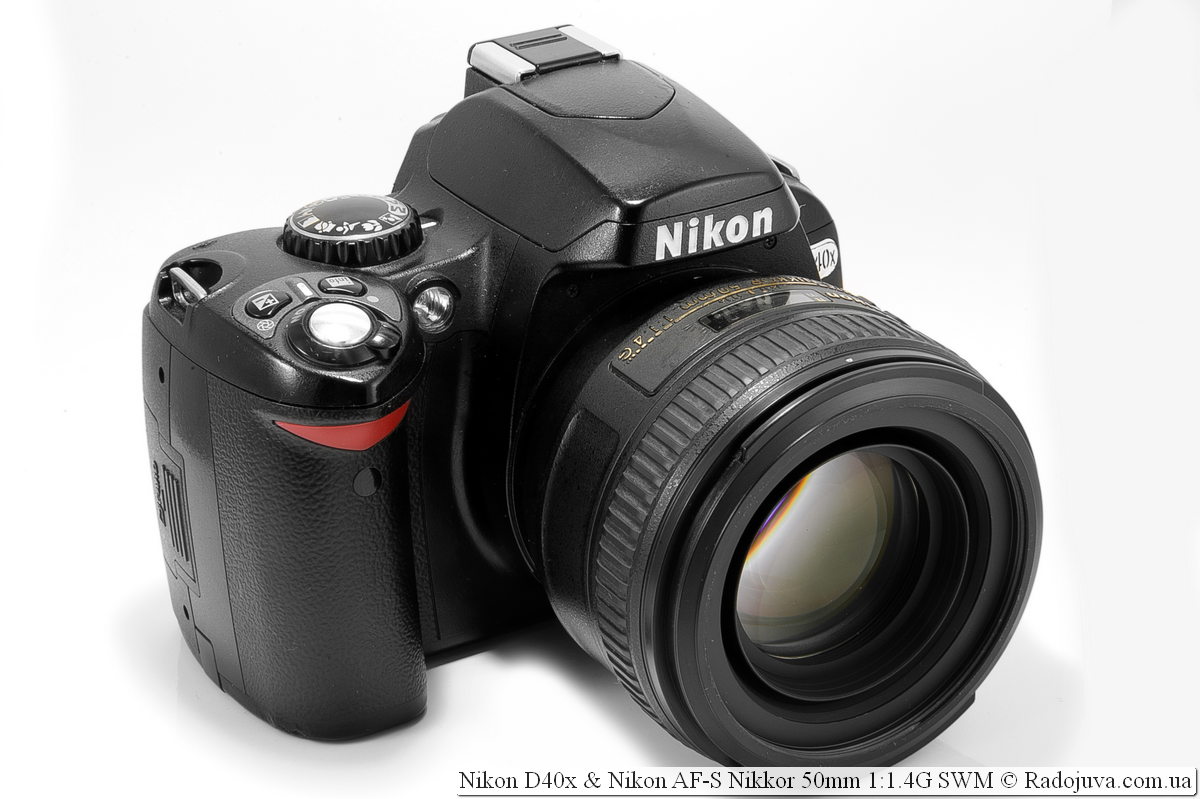
Nikon Nikkor 50mm f / 1.4g on camera Nikon D40x
Nikon 50mm F1.4G Image Quality
The lens, as expected, showed an excellent picture and optical characteristics. The main problem of the Nikon 50mm F1.4G is HA on apertures F1.4-F2.0. The most interesting thing is that HA disappear already at F2.0 - which is a very good indicator. Units have a fully working aperture of F2.0, for example Nikon 50mm F1.2 MF. The lens produces the best image quality at apertures within F2.0-F8.0. Up to F2.0, the lens is inherent HA. After F8.0, diffraction takes effect. About the sharpness: Nikon 50mm F1.4G on F1.4 gives the image is already quite sharp, due to aberrations there is a light software effect. On F1.4, you can make high-quality portraits where strong sharpness of the lens is not always a necessity. Lens gives slightly warm image. The lens provides good contrast. On my cropped camera, vignetting disappears already at F2.8, on F1.4 the vignetting is slightly noticeable. I do not bother with vignetting, it is easy to fix it in the editor. The lens normally tolerates side and back light. A strong drawback in the image of a lens of this class is a slight barrel-shaped distortion (distorting the geometry of the image). Many fifty dollars have much less distortion or do not have it at all. On crop, distortion is barely noticeable. The bokeh of the lens deserves special attention. The lens gives a very nice, even bokeh. Even on closed apertures, discs in the blur zone have a regular round shape. Very funny, but on F1.4, the discs in the blur zone are oval and create twisted bokeh. Generally: high image quality.
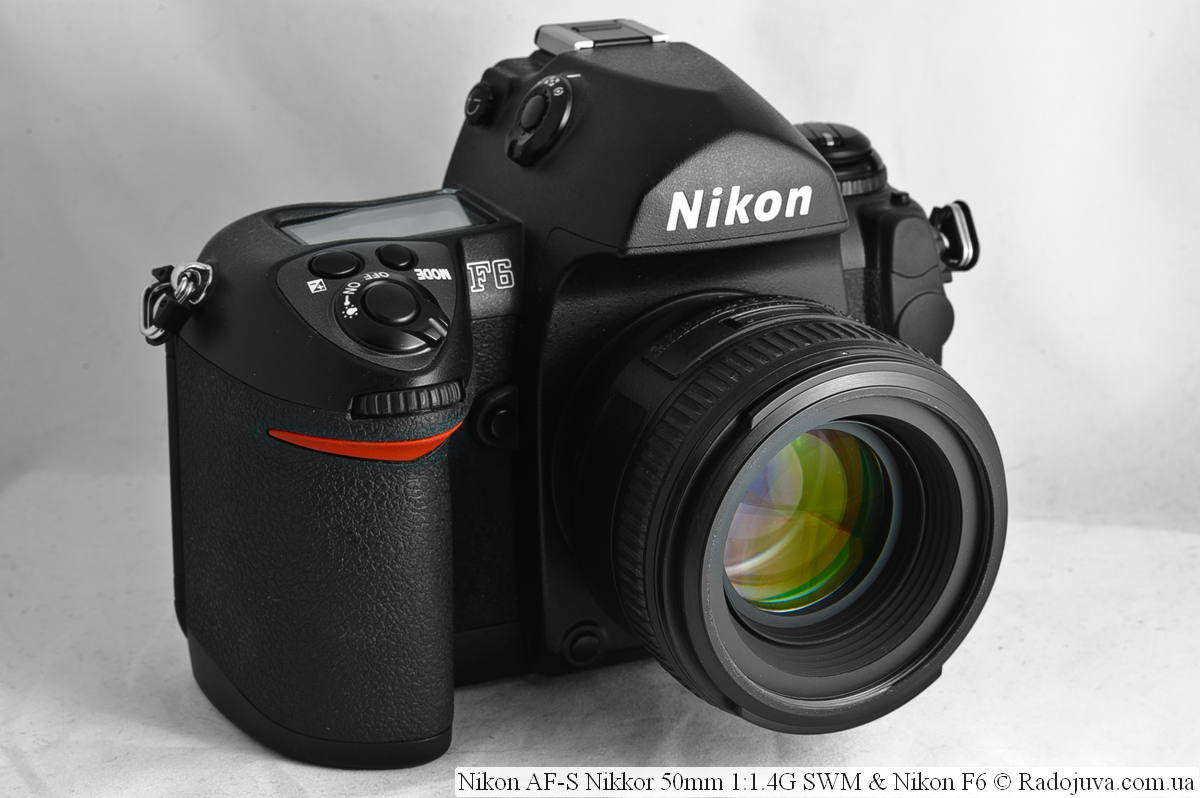
Nikon AF-S Nikkor 50mm 1: 1.4G SWM on a film TOP camera Nikon F6
Sample Photos on Nikon D40 (APS-C, DX)
All photos in the gallery below were taken on Nikon D40. I specifically filmed on Nikon D40to show that even on the simplest DSLR, the lens Nikon 50mm F1.4G works great and with it you can achieve a good result.
Sample Photos on Nikon D80 (APS-C, DX)
All photos in the gallery below were taken on Nikon D80. All photos without treatment... RAW -> JPEG Q80%. Reduced size to 1600 * 1200 and printed data from EXIF.
Sample Photos on Nikon D3200 (APS-C, DX)
All photos in the gallery below were taken on Nikon D3200. All photos without treatment... RAW -> JPEG Q80%. Reduced size to 1600 * 1200 and printed data from EXIF.
RAW source files ('.NEF') can be download from this link (28 files, 350 MB).
More examples of photos can be found on my blog here и here.
Personal experience using
I have a lens Nikon 50mm F1.4G I liked it with my picture (image quality). I often work with optics that only support manual focusing, because the average focusing speed is Nikon 50mm F1.4G for me it doesn’t matter at all. The lens in the hands is quite weighty, but its outer plastic part is felt. And the inscription Made in China is not very credible. I used two years with a tail Nikon 50mm f / 1.8D AF Nikkor after which I switched to Nikon AF-S 50mm 1: 1.4G and I have no regrets about it. In general, if you need a fix after a whale lens, then Nikon 50mm f / 1.8D AF Nikkor or Nikon 50mm f / 1.8G AF-S Nikkor will be the best option. Usually aperture F / 1.4 is rarely required and is quite difficult to work with. F / 1.4 is often taken by professionals who know exactly what they need. My copy was out of order in a light collision from the limousine seat. The focusing motor broke down, the repair cost $ 150, after 3 months the motor broke down again during a long shooting on one of the frames. I sold this lens after repairs. A year later, I bought a new one, then sold it again. Then I bought the same lens again. But somehow this lens did not take root for me.
You can read more information about other autofocus fifty dollars here... In addition, there is also an analogue of Nikon AF-S 50mm 1: 1.4G from a third-party manufacturer - Sigma 50mm 1: 1.4 DG HSM EX.
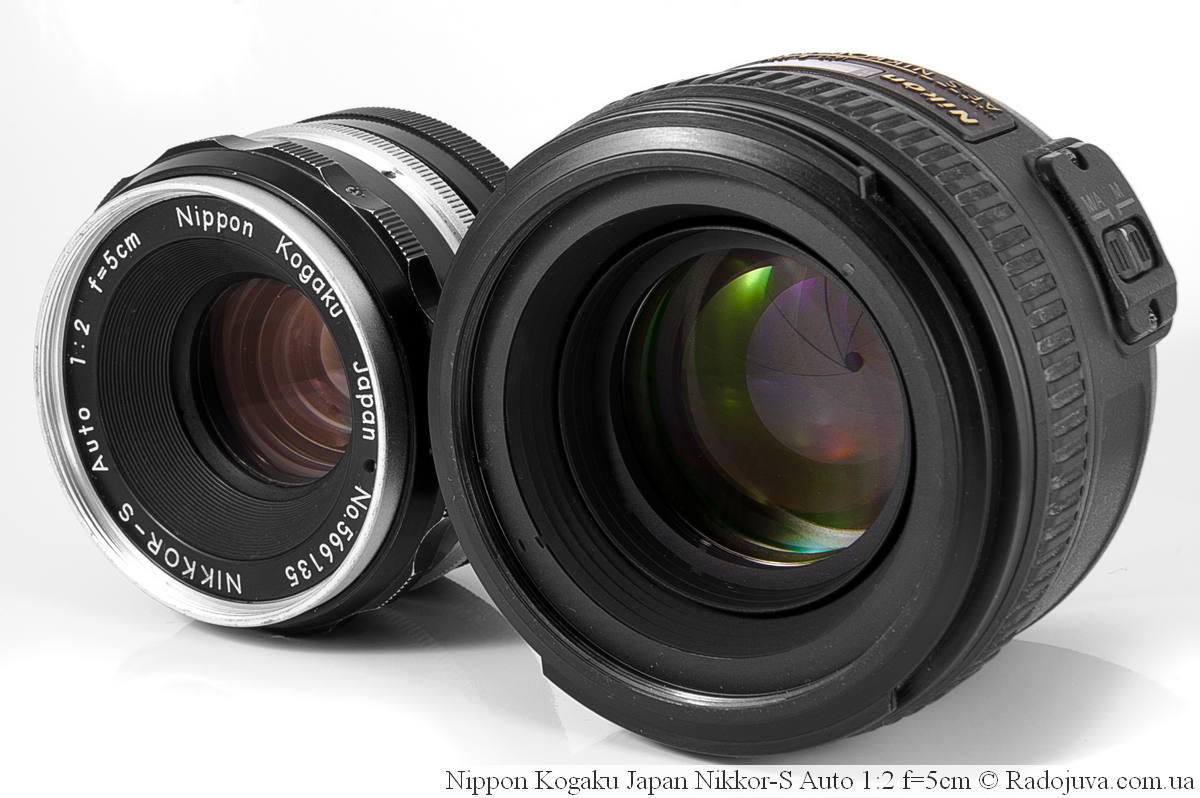
The oldest mirrored fifty dollar - Nippon Kogaku Japan Nikkor-S Auto 1: 2 f = 5cm and TOP Nikon AF-S Nikkor 50mm 1: 1.4G SWM
You can see the real prices for the lens in online stores here, or in the price block below:
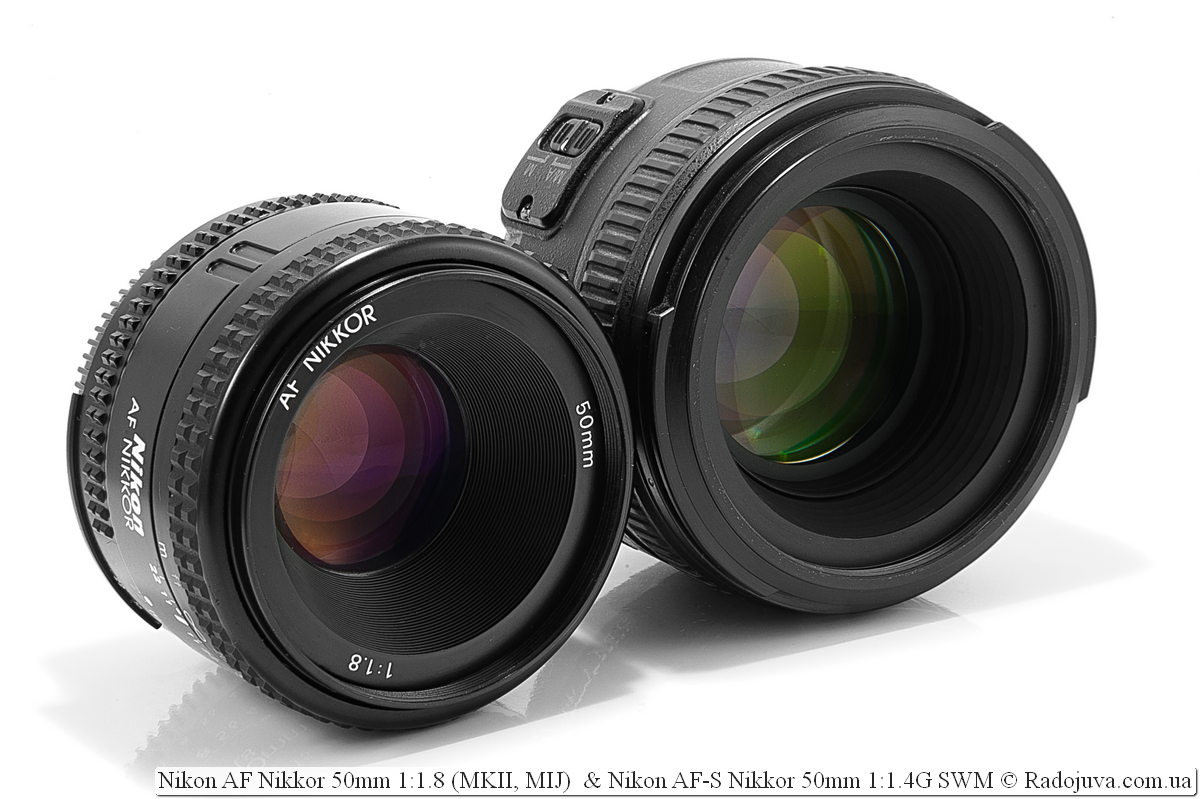
Nikon AF Nikkor 50mm 1: 1.8 (MKII, MIJ version) and Nikon Nikkor 50mm f / 1.4g
Comments on this post do not require registration. Anyone can leave a comment. Many different photographic equipment can be found on AliExpress.
Video review
You can watch the video review here (on my new YouTube channel) or in the box below. Many thanks to Vladimir Morgunov for helping create the video review.
Conclusions:
Nikon 50mm F1.4G - a wonderful lens. Has few shortcomings. It is the best Nikon Nikkor fifty. Recommend.
Material prepared Arkady Shapoval. Training/Consultations | Youtube | Facebook | Instagram | Twitter | Telegram

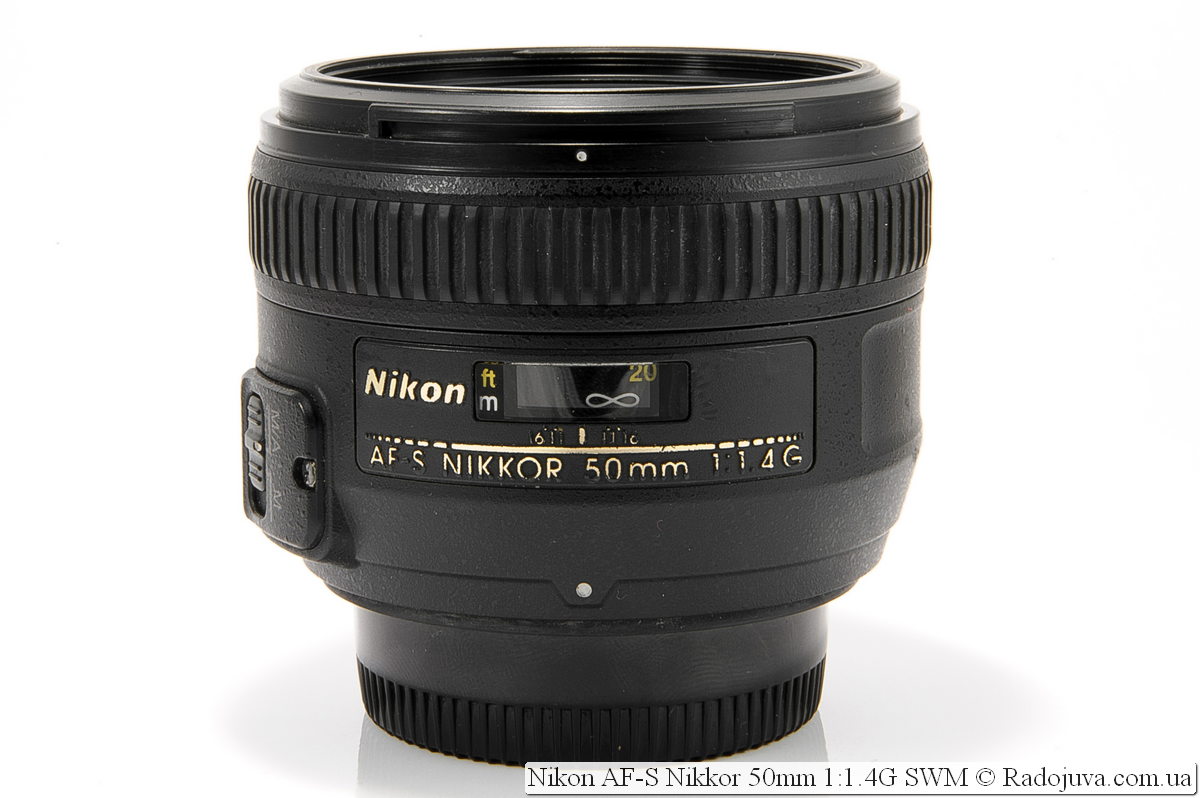
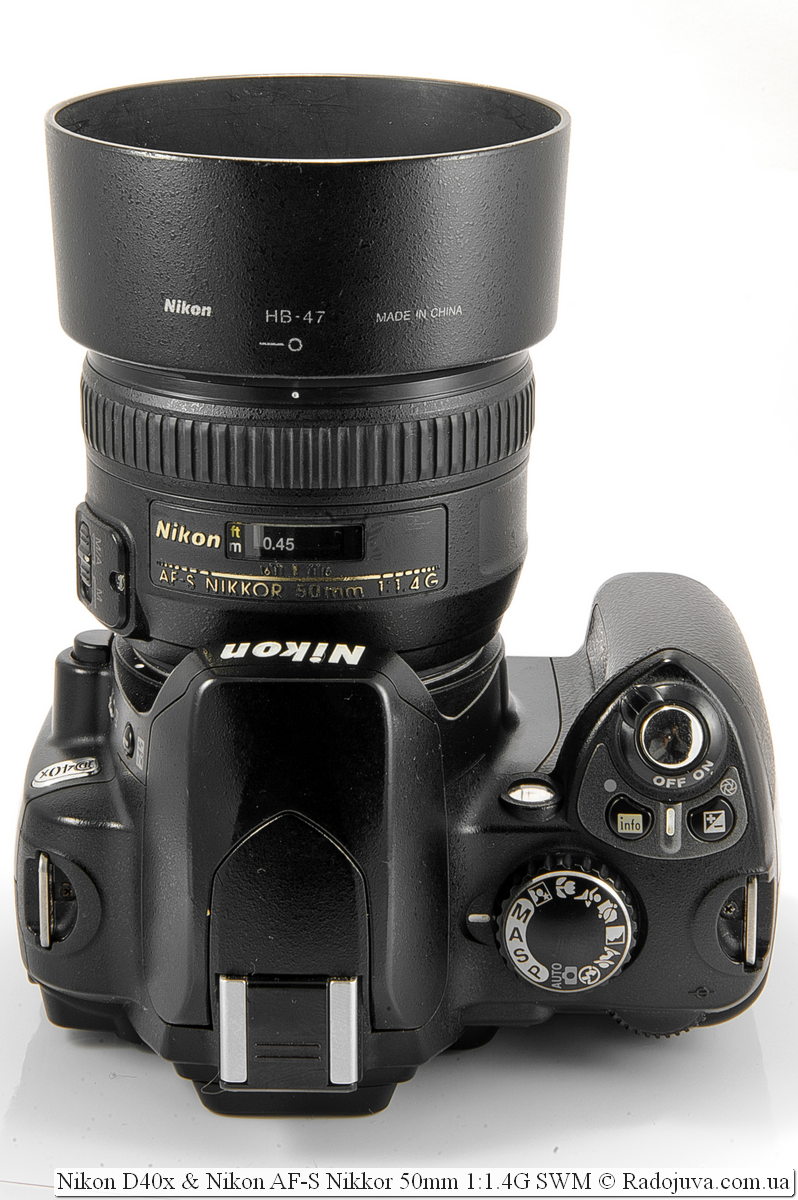
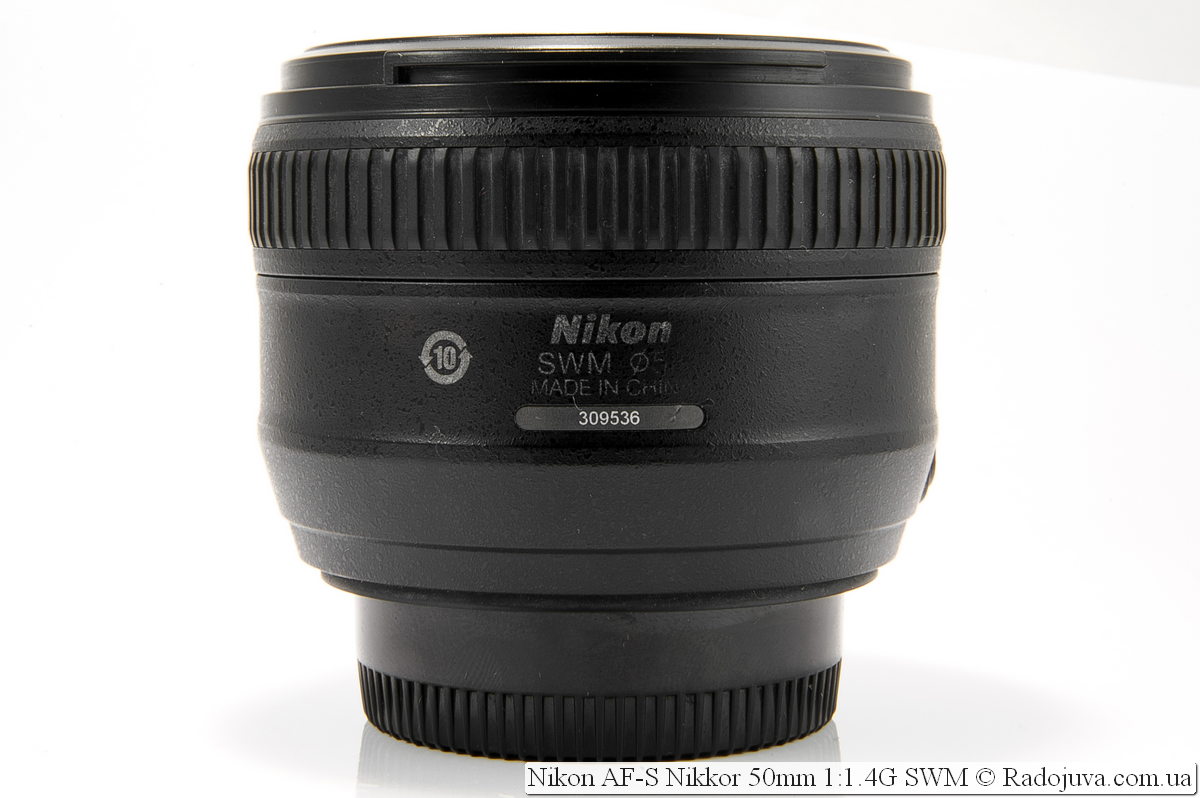
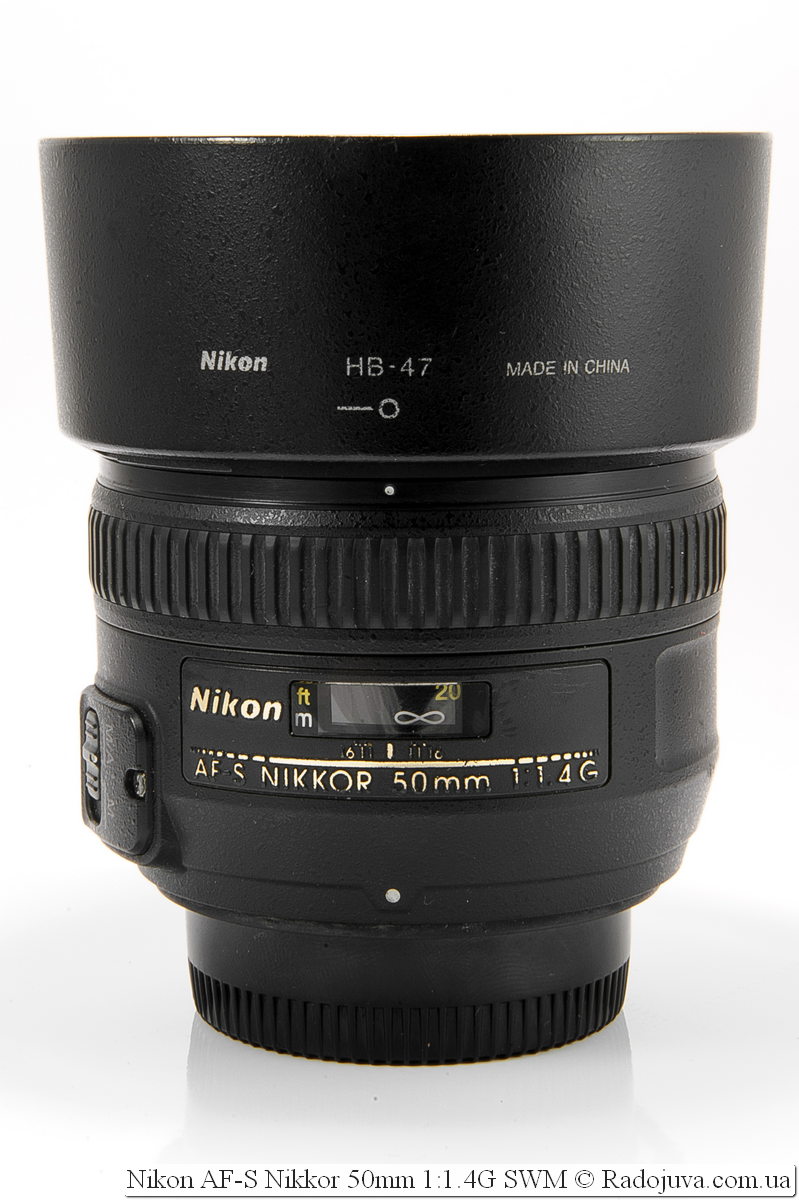
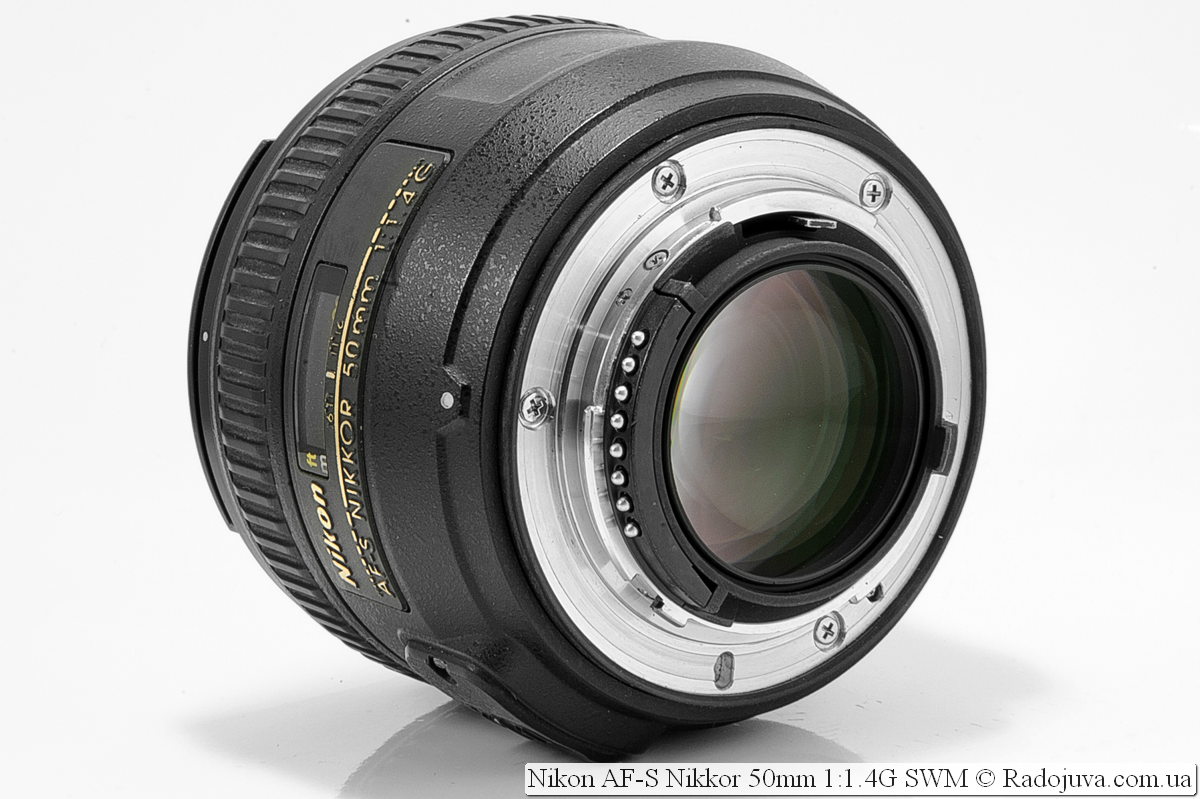
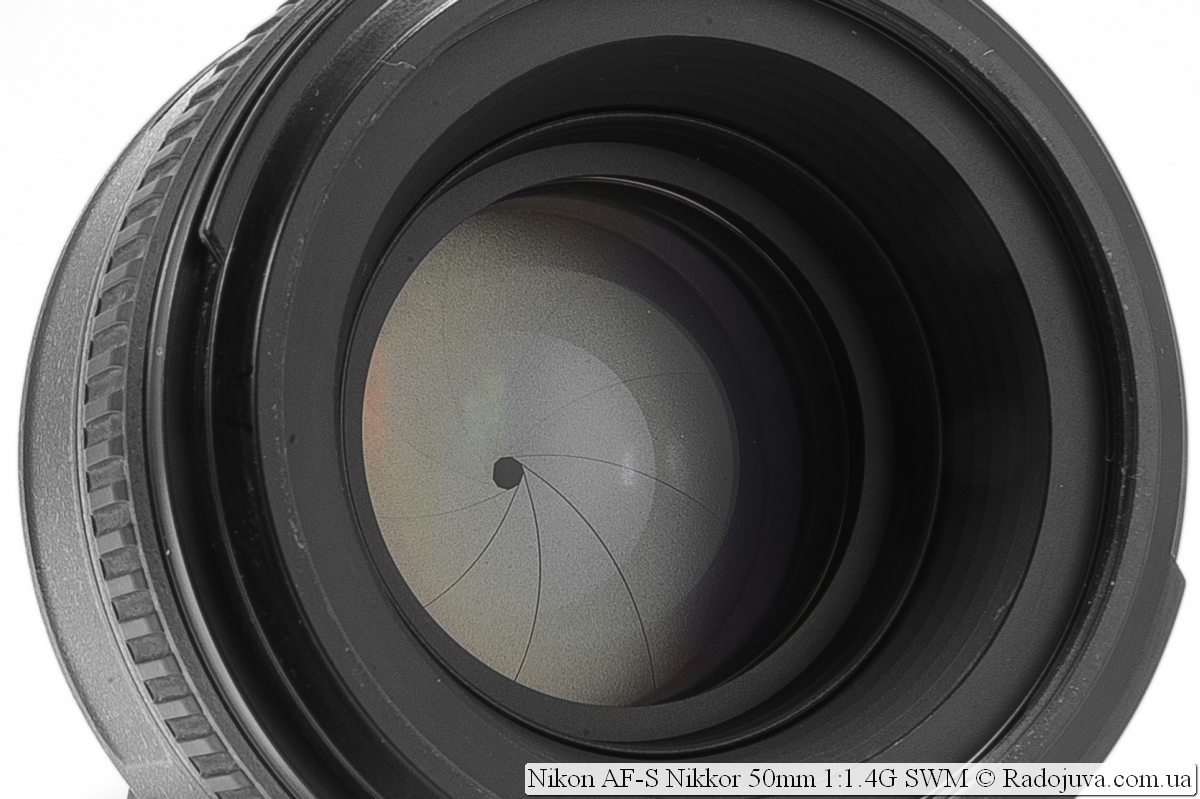
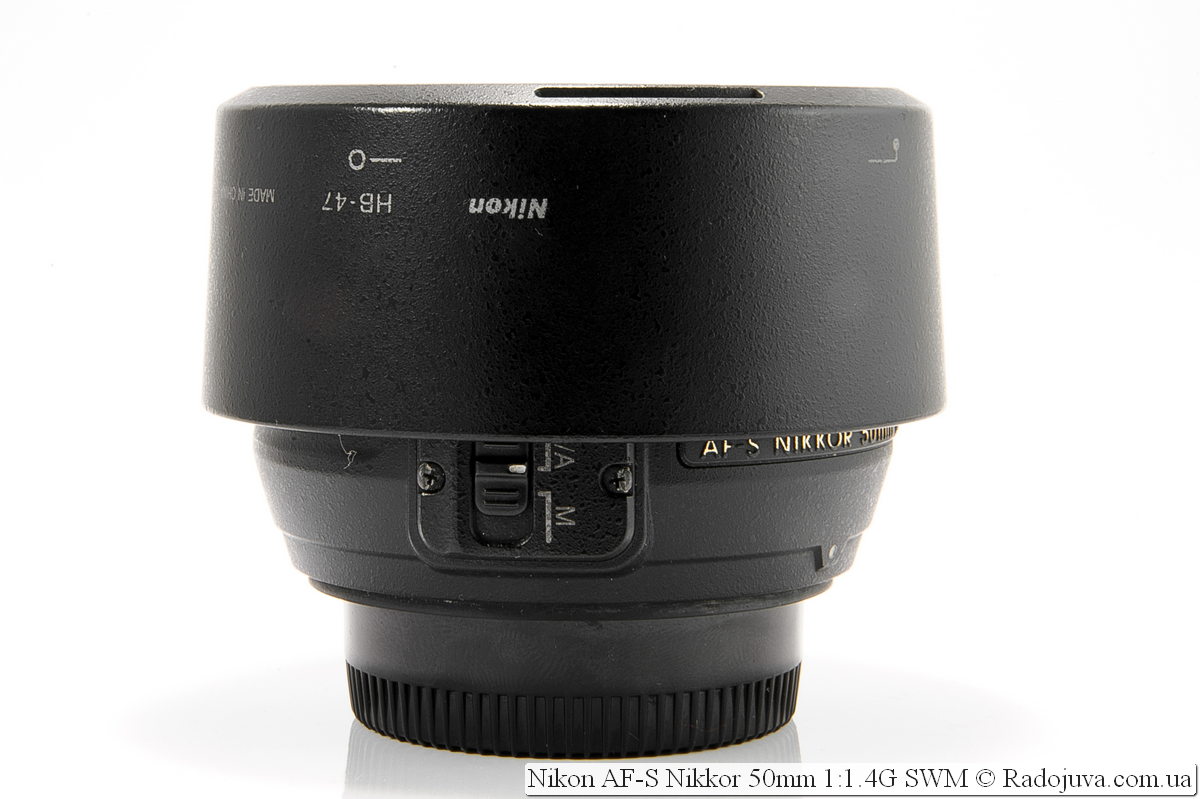


































































OK!
The article is useful, understandable, and really - the lens is good. But here's what you need to write as the complete truth on the “fixes.” When I recently bought a Nikkor AF-S 85 f / 1.4G, I was surprised by its aperture (I used a Nikon D700) and image quality. But everyone who buys something like this, you need to understand that the lens cannot be used as a reportage lens, nor as a macro lens. Is it because then, after the purchase, succumbing to beautiful pictures on the Internet, but not fully realizing that this is a lens only for special photography, and often you need to move away from the object, or approach it, they start selling it ... with the words: almost I did not use it ... Moreover, most budget cameras are sold as whale cameras, with a standard zoom. People zoom in from the first day, it's convenient! And so, such a amateur photographer, having acquired a "fix", begins to experience discomfort with him. We need to tell everyone reading the article about this.
Well, an elementary understanding about different types of lenses should be. Otherwise, in every review I write about fixes, zooms, and small depth of field - it will not be interesting to read to regular users of Radozhiva.
True, Nikon 50mm f / 1.8D AF got a little off topic AF Nikkor satisfied with the full program
Congratulations. 1.8D, too, is a good lens for the money.
After reading it, a wonderful review made sure once again that it had made the right choice.
Yes, I saw your photos and your thoughts about 50 1.4, I also have to say that it’s not bad!
Thanks for the review !!!
I LOVE YOUR REVIEWS! KEEP IT UP! THANKS TO YOU FOR THE SB-700 ACCOUNT ADVICE !!! REALLY SUPER! THANK YOU AGAIN!!!
not at all)
That means there is still a lot of distortion ... In looking around from lіkіwіguy it is said that there is no distortion. Tsіkava rozbіzhnіst in otsіntsі. What can you do on the right in the image ..? If I bought my own 35mm f / 1.8, then I won’t buy any more software. Ale the same day, it’s important to bazhannya “portrait” object. The Nikkor 50mm f / 1.4G is not happy with its short focal length and distortion. Me hocha b 58 mm, for bust portrait, face and shoulders. The Nikkor 60mm f / 2.8G mіkro doesn’t enjoy the bokeh quality of a portrait Victorian. I want a mother of "fused syru" bokeh like the Nikkor 50mm f / 1.4G. Nikkor 85mm f / 1.8G is not happy with less than 7 diaphragms, more than 9 diaphragms give bokeh "fused syru". Інші ob'єktivi for less money, may I lose 5 kilograms of hryvnia, plus / minus 0,5 kg. Takі from the right.
There is distortion, but not strong, on the crop it is quite suitable for a portrait. 85 1.8 at F1.8 gives a nice “creamy” bokeh with a solid background / foreground, or “Hollywood” with a variegated one.
Very informative and interesting articles you have. I would like to know your opinion when comparing Nikon 50mm f / 1.4 AF-S lenses with SIGMA AF 50 mm f / 1.4.
I didn't work with the SIGMA AF 50 mm f / 1.4 - I can't say anything.
say what is better than 1.4G or D in terms of ergonomic aberration distortion material quality
1.4G is better in ergonomics due to the M / A focusing mode. D has less distortion. By aberrations - G is better (but approximately the same)
Will 50mm 1.4G work as a portrait on the d700, is the 85mm 1.4G too expensive? And how strong is the difference in quality between them (the price is 4 times different)?
50mm in full frame is not suitable for the role of portraiture. You can look towards 1.4D or 1.8 G \ D.
85mm 1.8G is also more expensive than 50mm 1.4G and the aperture is worse. Will the 1.8 be enough to fit on the D700 without a flash for photographing children (and they don't sit still).
Everyone also writes that 85mm per full frame is better for portraiture. And why?
1. At 50mm, will you have to get too close to the model and will it get scared?
2. Is 50mm 1.4G just a lower quality optic than 85mm 1.4G?
3. At 50mm, the focus error is more noticeable than at 85mm?
I looked at a bunch of portraits on the Internet for both lenses and noticed that at 85mm 1.4G, the sharpness at 1.4 hole was much higher than at 50mm on the same hole (even my wife noticed the small photos on the monitor right away). At 50mm, all portraits have a small soft effect (lack of sharpness in the focus area). What physics of the process I do not understand, can someone explain, I will be very grateful?
I rummaged the entire Internet, for some reason no one even tries to compare these two lenses on tests.
Lenses are fundamentally different both in focal lengths and in the price category. Comparing their business is not necessary. Usually, photographers clearly know they need a fifty dollars or a portrait. The difference in aperture between 1.8 and 1.4 is 2 \ 3 steps. Errors in focusing are always noticeable.
If you cannot decide 85 or 50 and don’t know the specifics of their work, then I recommend stopping at 50 1.4G.
I vibrate a universal object for zyomka with nasty light for a portrait. Photo camera Nikon D80. Focal length - 50 mm. The main criteria are "picture", sharpness at apertures up to 2,5 (mav nikon AF 50 f / 1,8 D and not in the range of criteria) and focus accuracy. For diaphragms 2,8 і dalі vicory zoom. Budget 250 - 300 USD What is more beautiful for such tasks, 50 1,4 D chi 50 1,8 G? In me, there is a lot of flexibility without prioritizing and objectivi, so your thought should be attached. Dyakuyu.
50mm 1.4D and 1.4G are very good options. If you have money, take 1.4G, for 1.8G the picture is still worse in the artistic style for his older brothers.
Please tell me how the quality line of 50 mm lenses (1,4G, 1,4D, 1,8G, 1,8D) looks like for you, based on your personal experience and taking into account all their shortcomings. thanks
Image quality, focus speed, build quality, or what quality? If we talk about the image. then ascending 1.8d, 1.8g, 1.4d, 1.4g, 1.2 mf
Good afternoon, tell me please if you talk about the Nikon D90 camera, is there any difference when shooting 1,4 G and 1,4 d, because my photo device has a built-in motor.
And if there is a difference, then what exactly?
There is a difference in work. The main one is focus noise and image quality.
When writing about portrait objects, everything is forgotten about actionable portrait photographers from Nikon 105 and 135DC with the ability to regulate the focus. Tom tsi ob'єktivi (50, 85 mm) є less cleverly portrait.
I wrote about 50mm for portrait only on DX cameras, be careful.
Arkady, tell me what to take 1,8 or 1,4 so as not to regret it later)) (price / quality)
In order not to regret it later, you need to take this particular 50 1.4zh
Good afternoon, you need a portrait photographer after a whale lens (for an amateur who develops his talent =). Which lens to opt for Nikon AF-S Nikkor 50mm 1: 1.4G or Nikon 50mm f / 1.8G AF-S. Is the difference between 1.4G and 1.8G big. Which one has better image quality, bokeh, etc ....
The image quality of 1.4g is higher, but it focuses more slowly.
I use Nikon 50mm f / 1.4G AF-S in conjunction with the d700. The quality is decent. The soft effect is a little annoying but does not spoil the overall picture. I want to take the Nikon 24mm f / 1.4G ED AF-S as the next lens. Who worked with shirik, write off if it's worth the money?
I bought the same d700 + 50mm 1.4G. Photos are simply masterpieces, sharpness starting from 1.4, amazing color, bokeh, I can't get enough of pictures. It's good that I didn't buy the 85mm 1.4G, but then I would be upset because of the overpayment. I mainly photograph children. I tried d300 + 1.4D before, reviewed the pictures - soap compared to 1.4G.
Disadvantage: not very fast focus - if the child moves with his whole body in space, it is almost impossible to catch focus on him, but if he turns in place, then it is normal.
I am 100% satisfied with the purchase. My opinion is 50mm 1.4G is a cut above 50mm 1.4D.
The output of masterpieces is approximately every 5th.
I am sincerely happy for you. Regarding the combination of d300 and 1.4d, note that the full frame is less demanding on the lenses, and roughly speaking, on the full frame of the D700 compared to the crop of the D300, the lens will give a sharper image.
Arkadiy, super review! I, too, have tested it, I’ve added
Hah! this model is terrible !!!!! flesh from 1.4 -5.6 !!! BUT is treated by the editor (Lightroom4.1) Sharpness starts from 2.2! otherwise good performance!
HA disappear at F2.0 (in the zone of sharpness) and sharpness starts with F2.0, I have been using it for half a year.
Thank you Arkady for the info!
And if I have a Nikon D7000.?
After reading on the Internet, I learned that this lens will give too soft software effect (On the Nikon D7000, most likely due to the number of pixels and the fact that the lens does not allow the matrix). In addition, this lens weakly, as for me, keeps lateral light and nuts in the blur zone, lack of a lens hood, color rendition (not for everybody). I also don’t like it, low contrast. All of these shortcomings have been fixed in Nikkor 50mm f / 1.4G What can you advise.? Tired of the opinion of "members of the forum." I want to hear the opinion of a professional. Thanks.
I beg your pardon - not there.
Oh, these rumors about permission, etc. 1.4G will be better, but there are some nuances.
Not a rumor at all. I recently bought a Nikon d800 and while saving up for 24-70 / 2,8 got his grandfather 35-70 / 2,8, which is supposedly a "professional" lens. The lens is very good, and you even seem to have a view on it, but it's sooooo soft. It seems to be sharp, but somehow not sharp, even at f6,3 when there can be no soft effect from an open aperture, all the same, the sharpness is not the same as in 24-70 / 2,8. So the resolution of the lens is not a mystery at all. It is not for nothing that Nikon even provided a list of lenses that are recommended for use on d800.